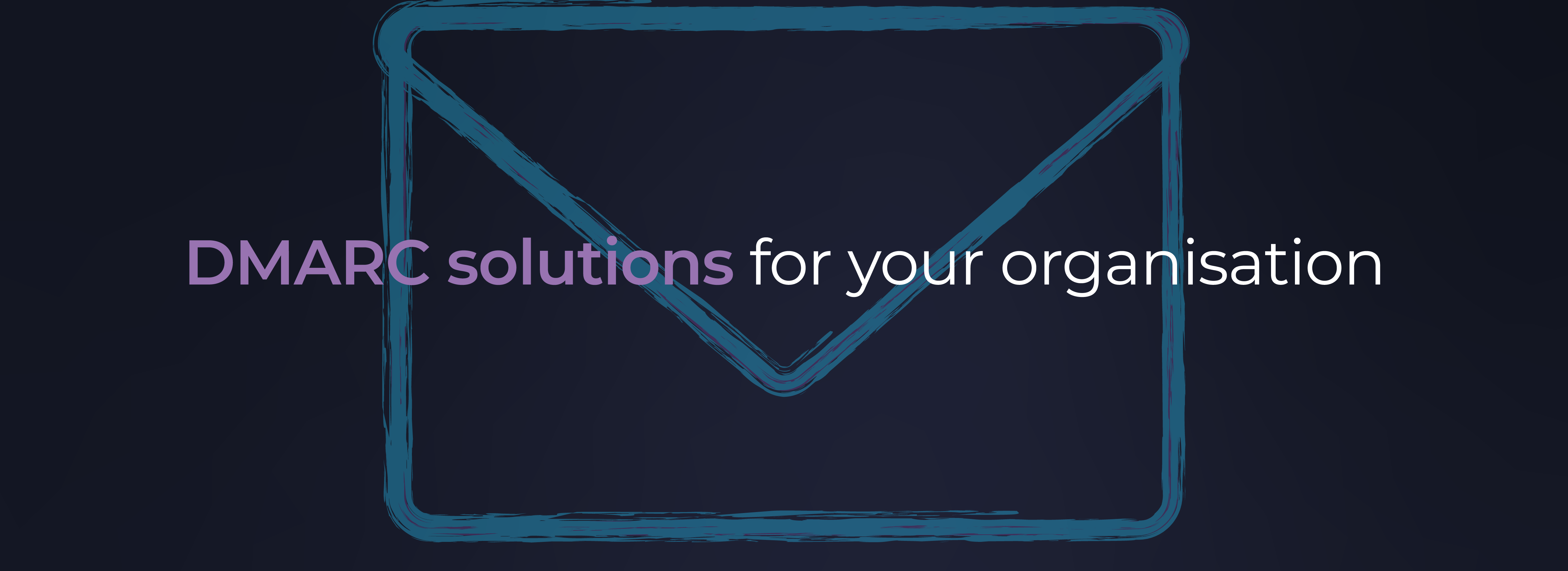The introduction of the UK’s new Cyber Security and Resilience Bill for June 2025 marks a significant shift in how we approach cyber protection for our insurance clients. This short article is designed to help you understand and respond to these changes, helping you to protect your clients.
What is changing?
The new legislation introduces substantially stricter regulatory obligations for small and medium-sized businesses. Your clients will now face more rigorous incident reporting requirements and must maintain detailed compliance documentation. This shift necessitates a thorough review of existing insurance policies to ensure they accommodate these new obligations. Many standard cyber insurance policies may need adjustment to reflect the enhanced regulatory landscape.
The Bill establishes a framework for improved collaboration between government agencies, law enforcement, and industry stakeholders. This coordinated approach will affect how cyber incidents are reported and managed. Insurance policies must evolve to align with these new governmental standards, particularly breach reporting and response protocols. This will lead to more standardised approaches to cyber incident management, which should be reflected in policy terms.
Mandatory Risk Management Protocols
Under the new legislation, regular risk assessments are no longer optional. Your clients must implement and maintain enhanced security measures and document their security protocols. This directly impacts policy terms and conditions, potentially affecting cover and premiums. Insurance providers will likely require evidence of these risk management practices as a condition of policy cover.
Impact on Your Clients
The immediate priority is to review existing cyber insurance cover against the new requirements. This isn’t simply about compliance – it’s about ensuring your clients have appropriate protection and are cyber resilient in an evolving threat landscape. Consider the adequacy of current cover limits and terms, particularly regarding incident response procedures and regulatory compliance costs.
Looking ahead, your clients need to think beyond essential compliance. Implementing continuous monitoring solutions and regular policy reviews will become essential. Integrating security services with insurance cover must be more comprehensive than ever before. All compliance efforts need thorough documentation to satisfy regulatory requirements and insurance conditions.
Protecting Your Clients
We would recommend that you start by conducting a thorough review of current policies. Ensure cover aligns with the new legislative requirements and identify any potential gaps in protection. Consider whether current limits and terms are sufficient under the new regime. The legislation emphasises the need for managed detection and response services and 24/7 threat monitoring. Your clients’ incident response protocols should be robust and well-documented. This provision can help prevent a claim and also provide evidence of the extent of a claim if a breach is detected.
The Importance of Documentation and Compliance
The new regulatory environment demands meticulous record-keeping. Maintain detailed records of security measures, incident reporting procedures, and risk assessments. This documentation serves both compliance purposes and supports any future insurance claims. Well-documented security practices also positively influence premium calculations.
We strongly recommend scheduling comprehensive reviews with your clients. These sessions should assess their cyber security posture and determine insurance cover adequacy. Together, develop cyber resilience roadmaps and implement necessary security enhancements. Document all decisions and changes to create a clear audit trail.
Don’t hesitate to contact our cybersecurity specialists for detailed guidance on adapting your clients’ insurance coverage to meet these new requirements. We’re ready to help you navigate these significant changes and ensure your clients are protected appropriately in this evolving regulatory landscape.
Sources:
Cyber Security and Resilience Bill
Infoprotect UK
























